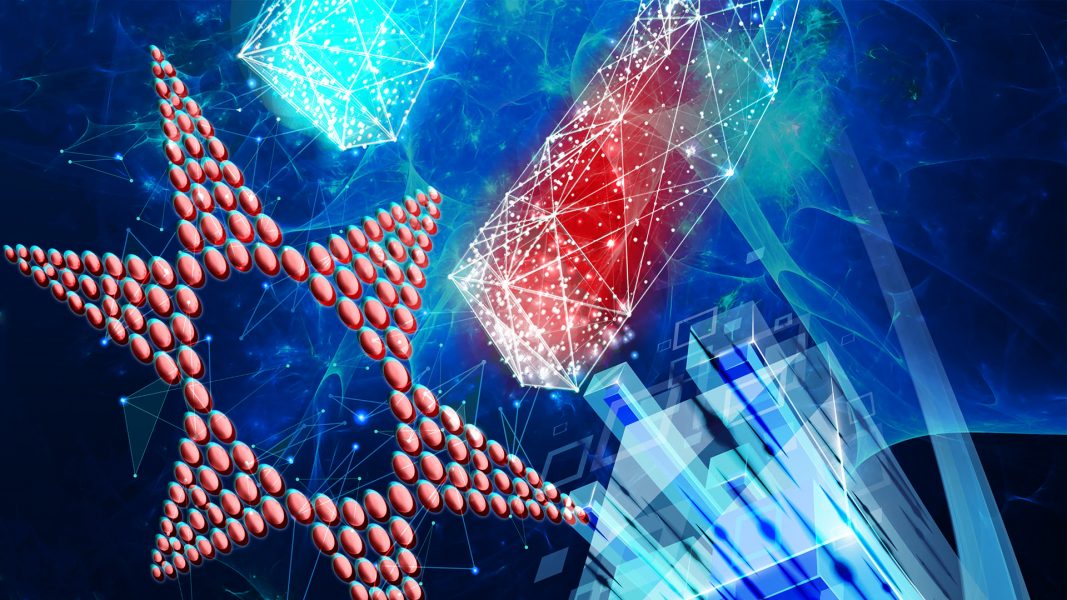Nature-inspired materials that respond to external stimuli can lead to the design of devices with unique functionalities, and by employing a biocompatible fabrication process, such devices can find application in tissue engineering and regeneration.
In Advanced Functional Materials, Dr. Tiziano Serra from the AO Research Institute Davos (ARI) and co-workers develop a starfish-inspired soft robot that can actuate in response to magnetic fields as proof-of-concept of their hydrogel biofabrication method.
Anisotropic nanocomposites were fabricated using a low-intensity magnetic field to induce iron oxide nanoparticles to self-assemble into oriented filaments. The filament orientation is fixed in place by crosslinking the precursor with UV-light to produce the hydrogel composite. Cells can be seeded either on top of the hydrogel or embedded within the hydrogel to produce an anisotropic skeletal–muscle matrix.
The hydrogel precursor was used as an ink to 3D print a flexible, starfish-shaped soft robot, which could swim in water upon exposure to alternating magnetic fields.
Dr. Tiziano Serra: Our research demonstrates a fundamental step towards creating novel biomimetic 3D models and tissue engineering scaffolds and paves the way for the development of remotely-activated mechanotransduction strategies for therapeutic approaches, which could provide a better understanding of disease mechanisms.
To find out more about this multifunctional biocompatible hydrogel, please visit the Advanced Functional Materials homepage.

















